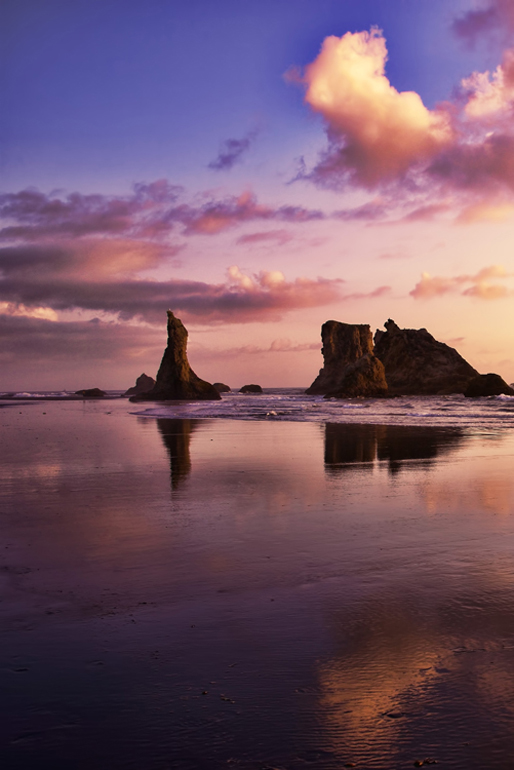
As if James Watt wasn't enough to deal with, the decade of the eighties was punctuated with truly catastrophic events. A congressional study of 1984 found that thousands of lakes and miles of streams in the northern U.S. (as well as well as Europe and Asia) were nearly lifeless as a result of acid rain. Airborne pollution from factories near and far was the culprit. The same year a toxic gas leak at the Union Carbide plant in Bhopal, India resulted in the worst industrial disaster in history, killing 2000 and injuring 200,000 people. A few years later the worst nuclear accident in history occurred at Chernobyl, in the Ukraine. A half million residents were relocated and as many workers were mobilized in a futile effort to contain and clean up the damage. The cost in health is still being calculated and the truth will probably never be known.
The first tentative evidence of human related global warming was published in the mid eighties, followed shortly by further evidence of an expanding ozone hole over Antarctica. True to administration form Reagan's Energy Secretary Donald Hodel suggested darker sunglasses and more sunscreen as a solution to the problems. When the public relations backlash settled from this absurdity the administration briefly came to its senses and joined with 23 other nations in a phase-out of CFCs.
On the plus side Congress reauthorized the Clean Water Act over Reagan's veto and a new federal law required turtle exclusion devices (TEDs), on shrimp nets. Meanwhile the U.S. Fish and Wildlife Service captured the remaining nine wild California condors for captive breeding in a last-ditch effort to save the species. In 1988 the first condor chick was born in captivity. And the American alligator was removed from the endangered species list after a remarkable 20 year recovery
To close out the contentious decade, in 1989 the supertanker Exxon Valdez ran aground in Prince William Sound, Alaska. A horrified nation watched helplessly as 11 million gallons of crude coated the pristine environment and its wildlife, wreaking inestimable damage. One report was 50,000 birds dead.